Tours featuring this attraction
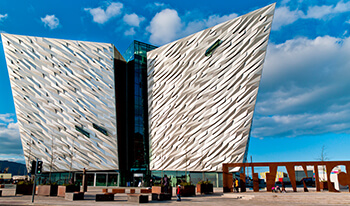
9 Night Titanic Memorial Tour
(9 Nights)
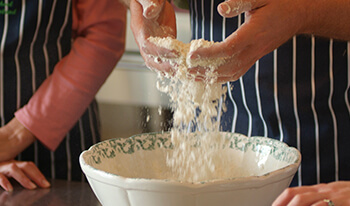
3 Night Culinary Short Break
(3 Nights)
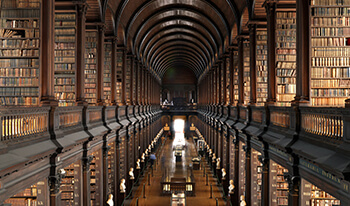
7 Night Northern Heritage Tour
(7 Nights)
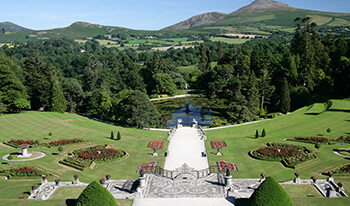
10 Night Irish Castles and Manors Platinum Tour
(10 Nights)
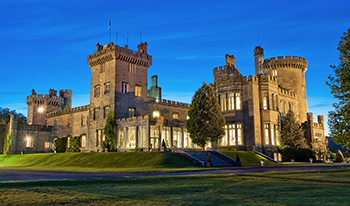
7 Night Irish Castles and Manors Platinum Tour
(7 Nights)

Best of Ireland Tour (8 Night)
(8 Nights)
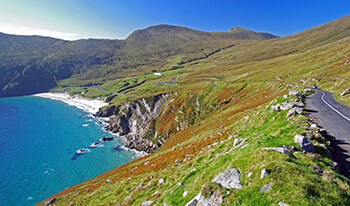
Best of Ireland Tour (14 Night)
(14 Nights)
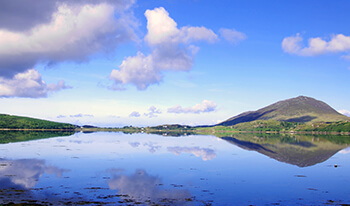
Best of Ireland Tour (12 Night)
(12 Nights)
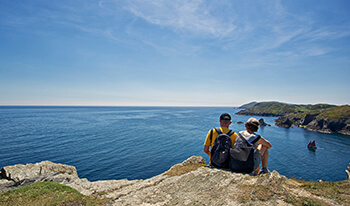
Best of Ireland Tour (10 Night)
(10 Nights)
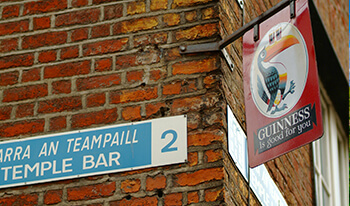
Irish Pub & Folk Tour (12 Night)
(12 Nights)
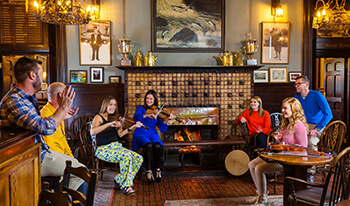
Irish Pub & Folk Tour (8 Night)
(8 Nights)
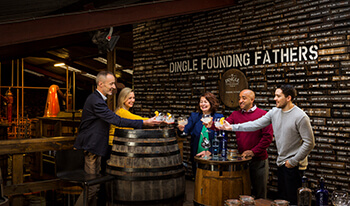
Irish Pub & Folk Tour (14 Night)
(14 Nights)
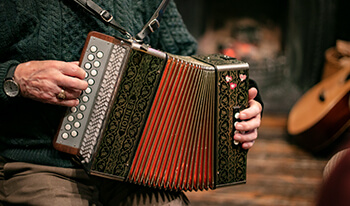
Irish Pubs & Folklore 10 Nights
(10 Nights)
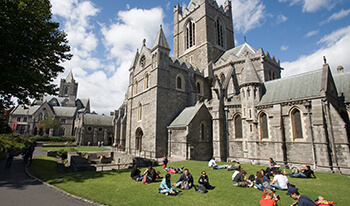
11 Night Christian Faith Tour of Ireland
(11 Nights)
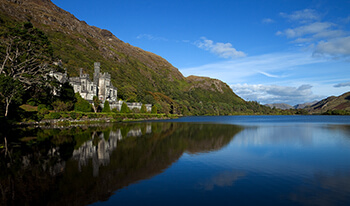
7 Night House & Garden Private Tour from Dublin
(7 Nights)
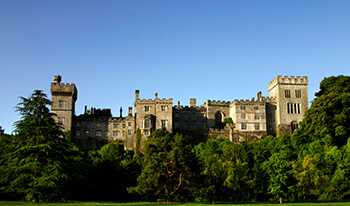
Luxury Irish Castles & Hotels Tour (10 Night)
(10 Nights)
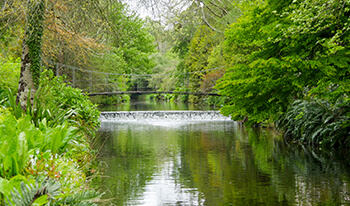
Luxury Irish Castles & Hotels Tour (12 Night)
(12 Nights)
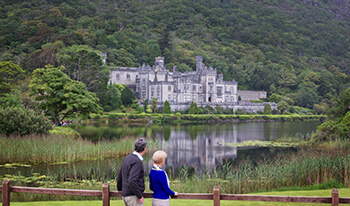
Luxury Irish Castles & Hotels Tour (8 Night)
(8 Nights)
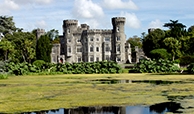
Luxury Irish Castles & Hotels Tour (14 Night)
(14 Nights)
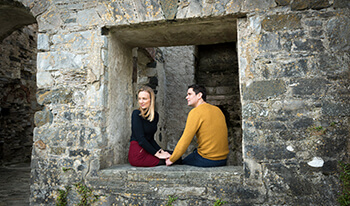
Northern Territories 10 Nights
(10 Nights)